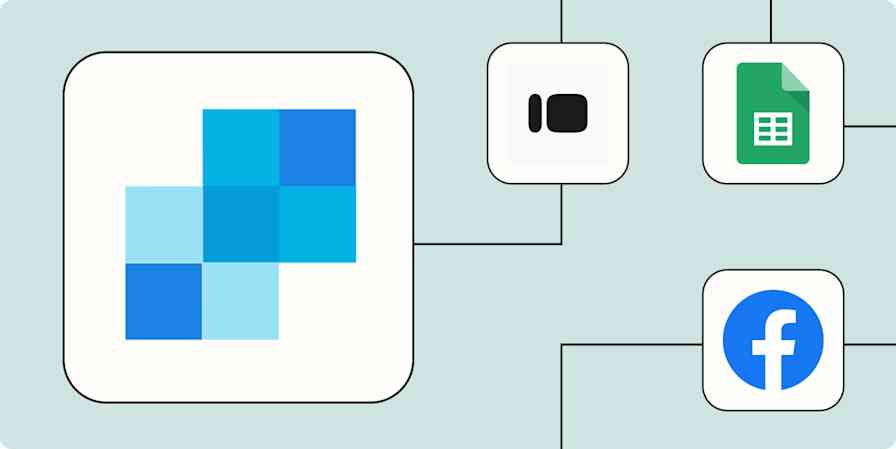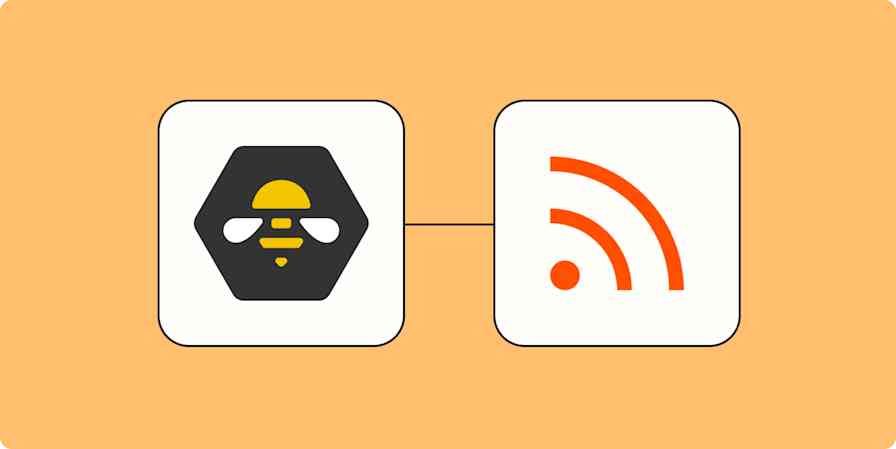There's a point in the life cycle of every contracting business when you reach a plateau. It happened to me and my roofing business not long ago. I started thinking the only way I could take my business to the next level was to go from 12-hour days to 16-hour days, while hiring more staff and increasing overhead. It felt like growing my business was actually a lose-lose proposition.
That's when I brought in a new CRM platform to help manage my data and increase efficiency. Soon, I was able to automate my workflows, increase communication between staff, and take on more jobs. But there was still a missing element: I needed a way to have separate software platforms talk to each other, and customize the data they shared for my roofing business specifically. That's when I discovered Zapier, and integrating it into my systems was one of the best decisions I've made.
The result? A roofing business that does seven figures annually. Let me show you how I did it.
Connecting my business with Zapier
Staying organized and creating efficiencies is the key to success, whether your business specializes in roofing, siding, kitchen installations, or plumbing and electrical. Yes, there are differences in the processes and procedures between these specialties, but there are fundamental similarities as well: we all order material, we all create a Scope of Work, we sell, we bid, we manage projects.
What Zapier does is connect dissimilar platforms. As a roofing contractor, I use a lot of different organizational tools: Excel, JobNimbus (my CRM), project management, canvassing tools, and Google Docs. Zaps connect all these platforms that don't normally talk to each other, significantly reducing the need for data entry.
CRM to Google Sheets to track job details
This Zap is one of the most important in my office. It connects JobNimbus to Google Sheets.
For example, this Zap is often used during our internal job approval process. In the field, a salesperson gathers pictures, measurements, and all the details we need to know about the job she has sold. When the job is approved, it's marked as a "sale" in JobNimbus. The Zap then parses specific information from JobNimbus data fields and sends it to Google Sheets. These Sheets contain pre-made pivot tables and other conditional formatting for my personal dashboard.
I use a series of Zaps that filter JobNimbus information based on the job type. Here is a template you can use:
Zapier keeps my sales team selling
Here's a no-brainer: if your sales team isn't out in the community selling your services, no one's making any money. The last thing I want is for my salespeople to be spending all their time doing administrative work.
This Zap works with Cognito Forms, one of the platforms frequently used by my sales team. When a salesperson fills out a form in the field, this Zap uploads that information to four different platforms. These platforms are used by admin, production, customer relationship teams, and management.
The Zap sends relevant information to all our platforms, making sure things like materials requirements, Scope of Work, and customer information are passed through to the right spot.
Here's a copy of the starting point we use in Zapier if you'd like to start sending CognitoForms entries to JobNimbus.
Our Zap also has an output to send this information via email. We use Zapier to parse that information to Spotio, our canvassing application. This allows our sales team to quickly finish their administrative tasks without having to return to the office. They stay in the field and close more business!
Learn more about how to parse emails in Zapier.
I send information to JobNimbus, but you can also send form responses to other systems, like:
Add new Cognito Forms entries to a Google Sheets spreadsheet
Copy files from new Cognito Forms entries to Google Drive
Add new events to Google Calendar from Cognito Forms entries
Connect social media platforms and only post once
As I mentioned earlier, one of the best features of Zapier is that it bridges the gap between separate platforms. This comes in handy when dealing with the different social media platforms you use to promote your business.
Crosspost new posts on your Facebook Page to Instagram for Business and LinkedIn
With this Zap, we can simultaneously post on Facebook, Instagram, and LinkedIn, reducing the time it takes to market across all platforms. We've found that our audience simply prefers to see our content on their preferred platform. So, instead of making three posts of the same content, the Zap does it all for us.
Our posts feature before and after pictures, reminders of the oncoming storm season, maintenance tips for your home, and a lot more. These are content-rich posts, so Zapier saves us a huge amount of time with these.
Automate payment records
Perhaps the most critical process is receiving the payment from the customer and the workflows that are triggered by that payment. We created a Cognito Form for customer payment. When payment is received, this Zap sends the payment information to QuickBooks and to our CRM, migrating different data into both. In fact, three emails are sent to a parser which takes certain pieces of the information contained in the email and sends them to three different systems.
One of those is a Google Sheet that compiles critical information about spending habits and trends for my company: average price paid for different materials, total amount spent with a specific vendor, trends in pricing, and a lot more. This not only saves me hours in research, but allows me to make important buying and spending decisions for the company.
Here are two Zaps you could use to get started:
Add new Cognito Forms entries to a Google Sheets spreadsheet
Create QuickBooks sales receipts from Cognito Forms payments
A skill worth learning
I'm sure that some of this may sound complicated. Believe me, when I became a roofer, the last thing I thought I'd need is finely-tuned tech skills and an eye for data. But that's the beauty of Zapier: we can use commonly available Zaps, and with only slight modifications, customize them for our own needs.
Which brings us to the all-important bottom line. I can run my seven-figure business with one administrative person in a 1,000-square-foot office space. Data entry time is reduced to an hour a day, and sales teams can focus their time closing deals out in the field. And if this Average Joe can do it, so can you.
This was a guest post from Joe Keller, founder and CEO of a construction company as well as a management consultant for contractors. Check out our guidelines and get in touch.





